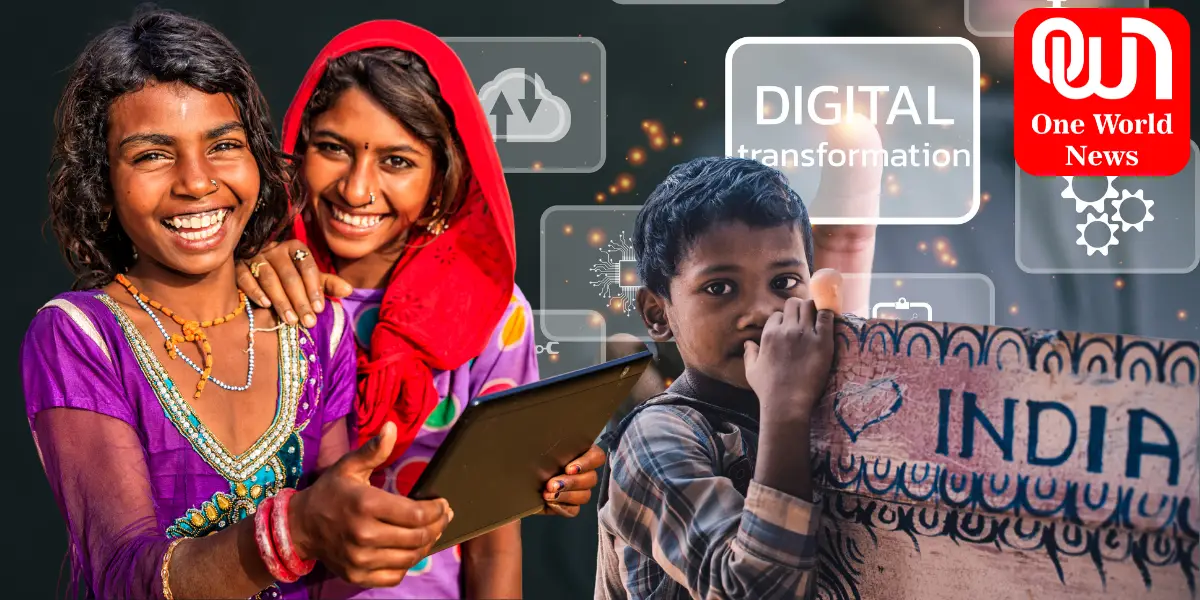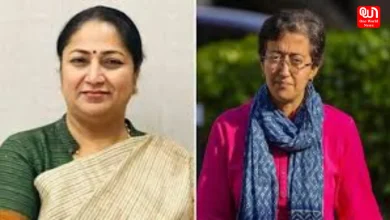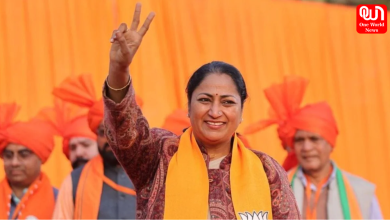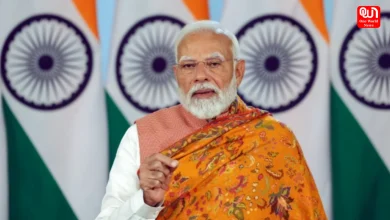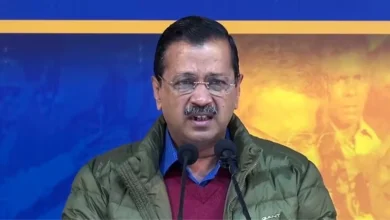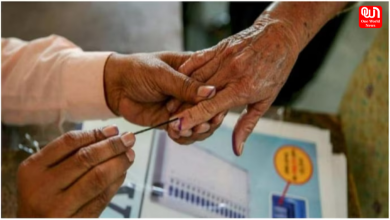India Goes Digital: 5 Indicators of Massive Transformation
India goes digital with an incredible transformation, from social media's influence to rural areas leading internet adoption.
India Goes Digital: A closer look at the digital revolution sweeping India, its impact on the economy, society, and governance
In a world that is increasingly driven by technology, India has emerged as a digital powerhouse, witnessing a massive transformation across various sectors. With a population of over 1.3 billion people, India’s digital revolution is changing the way people connect, communicate, and conduct business. From social media and women empowerment to digital payments and rural internet adoption, here are five major indicators of India’s remarkable digital transformation.
From Likes to Sales: Social Media’s Impact on Commerce
Social media platforms have become an integral part of the lives of millions of Indians. With over 450 million active social media users, India is one of the largest markets for platforms like Facebook, Twitter, Instagram, and YouTube. Social media has not only connected people across geographical boundaries but has also transformed the way businesses operate. The rise of social commerce has enabled small and medium-sized enterprises to reach customers directly, bypassing traditional distribution channels. From fashion to food, social media has become a powerful tool for promoting and selling products, fostering entrepreneurship and economic growth.
Empowering Women: Redefining Gender Dynamics in the Digital Age
India is experiencing a significant shift in gender dynamics, driven by digital technology. Women are leveraging the power of the internet to empower themselves, both socially and economically. With increased access to education and awareness, more women are stepping into the workforce, launching startups, and breaking societal barriers. Digital platforms have provided a voice to women, allowing them to express themselves, share their stories, and advocate for gender equality. From blogging to e-commerce, women entrepreneurs are making their mark in various industries, fostering a more inclusive and progressive society.
Internet Everywhere: Diverse Devices Drive Connectivity
The rapid growth of internet connectivity in India has been accompanied by the diversification of devices used to access the internet. While smartphones remain the primary mode of internet access, the penetration of affordable smartphones and the availability of affordable data plans have fueled internet adoption in rural areas. Additionally, the rise of budget-friendly tablets, smart TVs, and other connected devices has further expanded internet usage across demographics. This diversification of devices has democratized access to information, education, and entertainment, bridging the digital divide and bringing millions of Indians online.
Cashless Nation: The Digital Payment Revolution
View this post on Instagram
India’s digital payment landscape has witnessed a revolution with the introduction of Unified Payments Interface (UPI). UPI has simplified peer-to-peer transactions, allowing individuals to send and receive money instantly using their smartphones. The government’s push towards a cashless economy and the rise of digital wallet platforms have transformed the way Indians transact. From street vendors to multinational corporations, digital payments have become the norm, fostering financial inclusion and transparency. The convenience and security offered by digital payments have not only reduced reliance on cash but have also accelerated India’s transition to a digital-first economy.
Rural Renaissance: Internet Adoption Fuels Growth in Remote Areas
Contrary to popular belief, India’s digital transformation is not limited to urban areas. Rural India has emerged as a significant driver of internet adoption, with a surge in internet users in non-metro cities and villages. The government’s Digital India initiative, along with the expansion of telecom infrastructure, has played a crucial role in bridging the rural-urban digital divide. From farmers accessing weather information to students attending online classes, the internet has revolutionized rural India, empowering communities and enabling economic growth.
Read more: What Is the Eligibility Criteria for Booth Level Officer?
The digital revolution in rural areas has opened up new opportunities, transforming traditional industries and creating employment opportunities. E-commerce platforms have facilitated the direct sale of agricultural produce, eliminating middlemen and ensuring better returns for farmers. Additionally, access to information and online marketplaces has empowered rural artisans and craftsmen, connecting them directly with consumers across the country and even internationally. Rural India’s embrace of the internet has not only improved livelihoods but has also contributed to the overall economic growth of the nation.
View this post on Instagram
Final take
India’s digital transformation is evident through several major indicators. Social media and social commerce have revolutionized the way people connect and conduct business. Women empowerment has witnessed a significant shift in gender dynamics, with women leveraging digital platforms to drive social and economic change. The diversification of devices for internet connectivity has bridged the digital divide, bringing millions of Indians online. The rise of digital payments has transformed the way transactions are conducted, fostering financial inclusion and a cashless economy. Lastly, rural India has emerged as a leader in internet adoption, unleashing new possibilities and driving economic growth in remote areas.
India’s digital revolution is a testament to the nation’s resilience, adaptability, and hunger for progress. As more Indians embrace the digital age, the possibilities for innovation, entrepreneurship, and socio-economic development are limitless. It is crucial for policymakers, businesses, and individuals to continue supporting and investing in digital infrastructure, education, and skills development to ensure that no one is left behind in this transformative journey. Together, we can build a truly inclusive and digitally empowered India, where every citizen reaps the benefits of this massive transformation.
Like this post?
Register at One World News to never miss out on videos, celeb interviews, and best reads.

